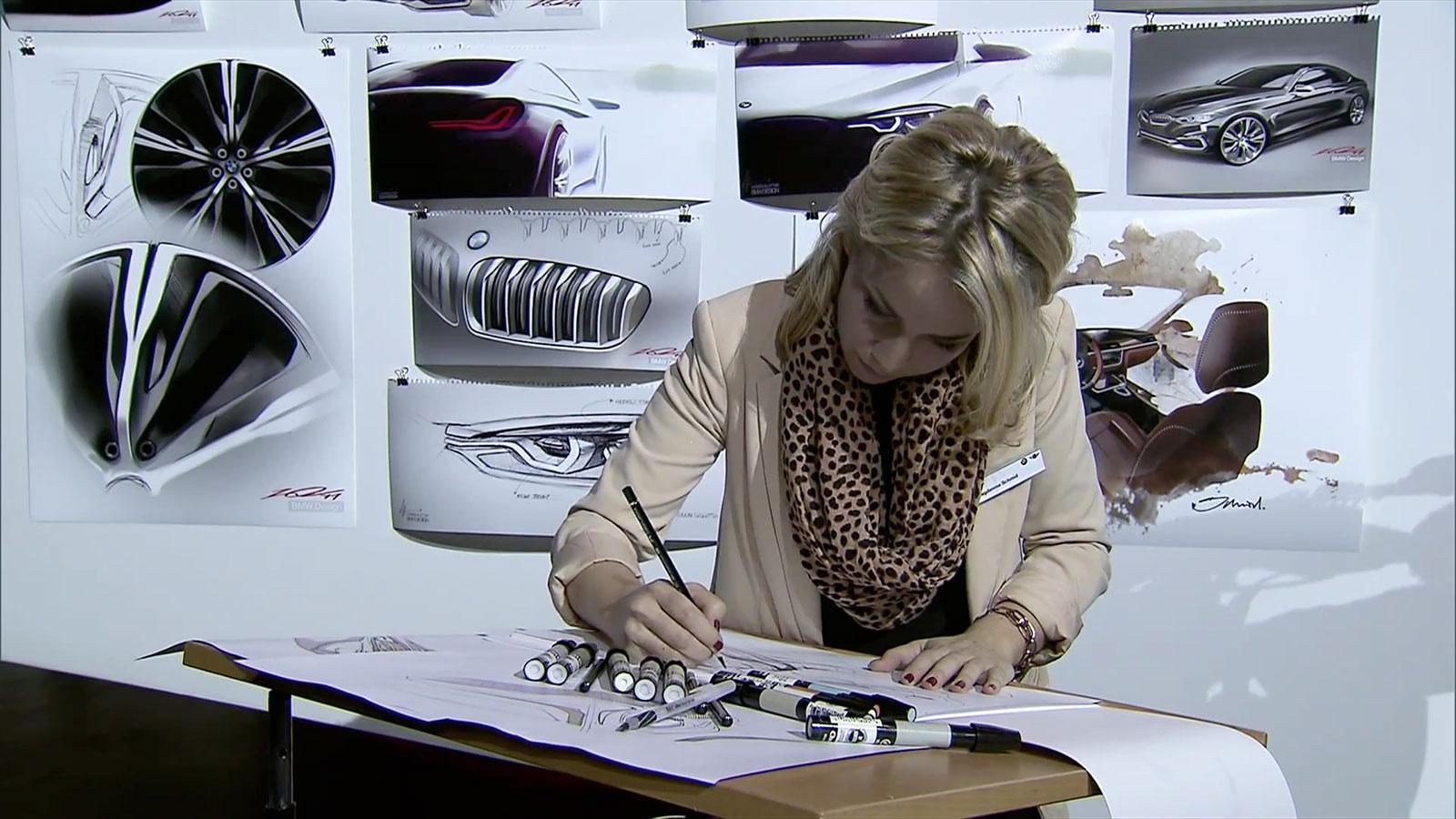Sometimes some of the greatest inventions weren’t made by choice, but by chance. From everyday objects like cornflakes, to complex electronic appliances like the microwave. Without all these being stumbled upon and discovered, we wouldn’t be enjoying the use of these scientific “accidents” today.
Here are the top 10 accidental inventions
Corn Flakes

Source: Pinterest
Ever wondered how your favorite cereals came to be? It all started in 1898 when W.K. Kellogg and his brother Dr. John Harvey Kellogg were conducting a research about a patient’s diet at the Battle Creek Sanitarium in Michigan, W.K.. They accidentally flaked wheat berry, and kept experimenting until he flaked corn and were able to create the recipe for Corn Flakes.
Super Glue

Source: Think of that
This invention is one of the most useful discoveries of all time! They’re actually indispensable in every household as it is used to repair random broken items around the house. Even Harry Coover, the creator didn’t realize its potential when he discovered it. He thought of it as “too sticky”. He was attempting to make scrupulous gunsights to be used during World War II, when his experiments lead to the creation of cyanoacrylate, which is now known as Super Glue.
Microwave Oven

Source: smecc
This device can be found in almost every household nowadays. It helps cook or reheat any snack easily. This was invented when the engineer Percy Spencer was working at Raytheon. In the year 1945 he noticed that there was a candy bar in his pocket that was starting to melt while he was working on magnetrons.
He then patented the invention along with his employer. They called it the “RadaRange”, and was launched for commercial use after two years. Spencer was inducted into the National Inventors Hall of Fame of 1999.
Pacemaker

Source: Pinterest
Here’s a quick trivia about this invention–It’s all because of a wrong resistor! When Wilson Greatbatch was working as an assistant professor in electrical engineering at the University of Buffalo, he designed the first practical implantable pacemaker. While he was working on building a heart rhythm recording device, he was able to complete the circuit with a wrong sized resistor!
The new circuit was able to emit intermittent electrical pulses.
Penicillin

Source: Oldpicz
This has probably got to be the most notable accidental invention. Sir Alexander Fleming, a Scottish bacteriologist at St. Mary’s Hospital, introduced penicillin that is able to cure bacterial infections.
It was discovered when Dr. Fleming returned from a summer vacation, and noticed that a mold that’s called Penicillium notatum contaminated his Petri dishes and prevented the normal growth of the staphylococci. In the year 1943, Anne Miller was the first civilian patient who was successfully treated with penicillin 14 years after the invention.
Dynamite

Source: allkinsofhistory
Alfred Nobel was a Swedish chemist and an engineer who dedicated his life in studying explosives. He was finding ways to stabilize nitroglycerin, a highly unstable and explosive liquid, since it has resulted in several accidents in their laboratory. After his brother’s death, which was also an accident caused by nitroglycerin, he was able to find a solution to safely store explosive materials.
During an experiment, a can with nitroglycerin broke open and leaked, but the liquid was absorbed by a rock mixture that’s called kieselguhr. He patented his discovery in 1867 and called it dynamite. This was soon used in blasting tunnels, cutting canals, building railways and roads during war time. In 1895, he signed his will for the establishment of the Nobel Prizes.
X-ray

Source: Imgur
For the record x-rays are a phenomenon of the natural world, and technically can’t be invented. But, they were accidentally discovered in the year 1895 by mechanical engineer and physicist Wilhelm Conrad Röntgen. While he was testing whether cathode rays were able to pass through glass, he noticed that a glow was coming from a chemically coated screen that was nearby. Since it’s nature was unknown, it was named X-rays. He also observed that X-rays can be photographed when they penetrate into human flesh.
Teflon

Source: hswstatic
Chemist Roy J. Plunkett was working with gasses that are related to Freon refrigerants in 1938, when he found that upon checking a canister that was frozen, the sample had polymerized into a white, waxy solid that formed polytetrafluoroethylene (PTFE). Plunkett then experimented with their properties and registered it with a trademark Teflon.
Article Sources:
Genius Stuff
Gizmodo










